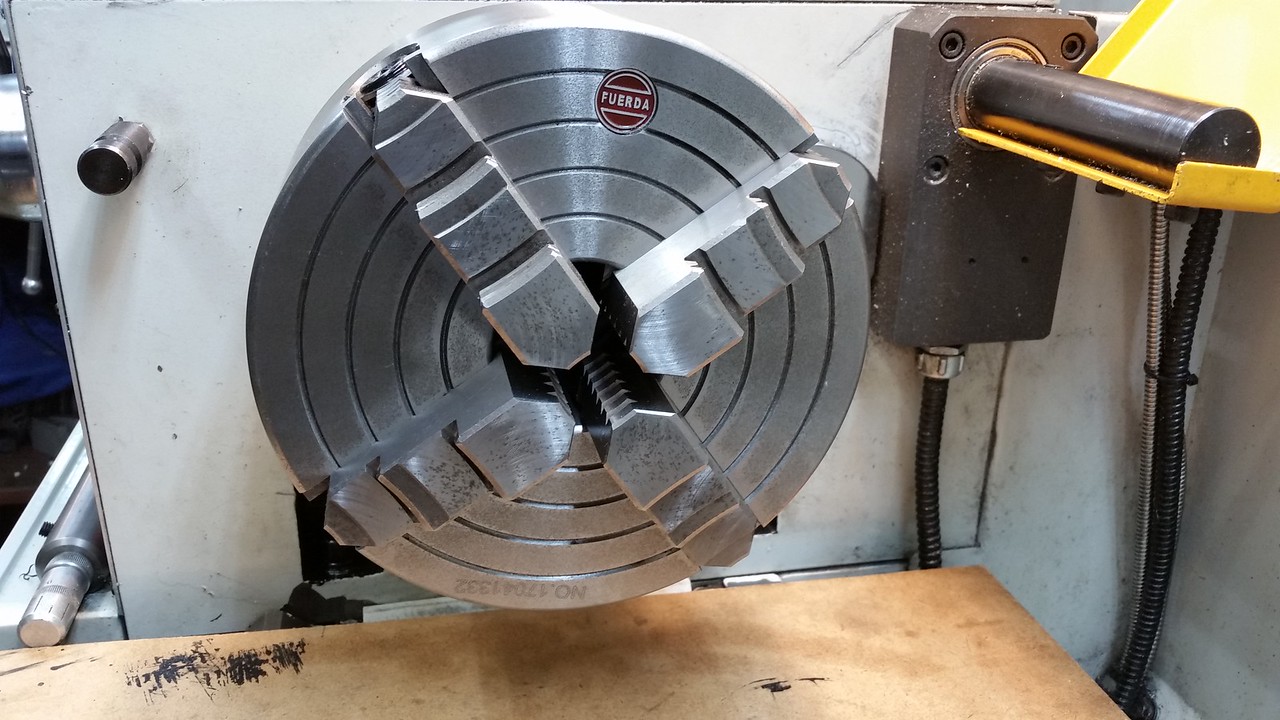Dabbler
ersatz engineer
I've had to show experienced machinists how to do this, as they never had any training on the safe and best approach to get repeatable mounting of the chuck.
I had to view more than 10 videos to eliminate videos with stupid extra steps or unsafe practices.
This guy missed one trick, however, even though it is the best of the videos...
Before mounting, check for an alignment mark on the chuck and spindle and match them if possible...
I had to view more than 10 videos to eliminate videos with stupid extra steps or unsafe practices.
This guy missed one trick, however, even though it is the best of the videos...
Before mounting, check for an alignment mark on the chuck and spindle and match them if possible...




